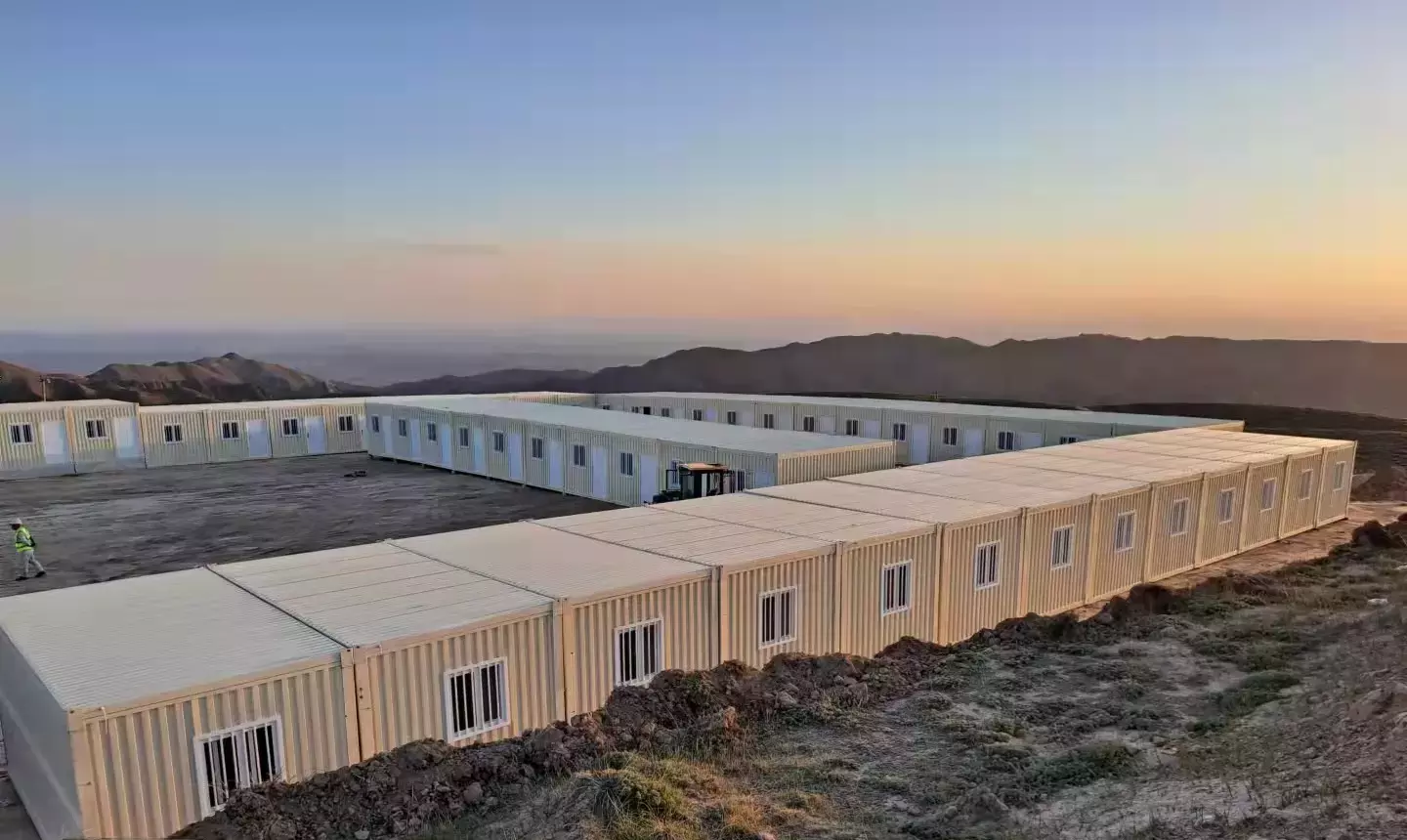Under the COVID-19 pandemic: the application of container houses
In 2020, the COVID-19 pandemic swept across the globe, profoundly impacting the way people live and work. During this challenging time, industries and sectors worldwide were actively seeking solutions to address the novel challenges brought about by the pandemic. One innovative solution that emerged was the use of container housing to address housing and medical facility needs during the pandemic. This application case showcases human creativity. It also provides a viable solution for housing and medical facilities during the pandemic.

Container Isolation Centers:
In the early stages of the pandemic, governments faced the rapid surge in COVID-19 cases, leading to a shortage of hospital beds. To alleviate this pressure, some regions repurposed container housing as isolation centers to accommodate mild and asymptomatic cases. These container isolation centers were typically equipped with basic living amenities and medical equipment. This ensured that patients received appropriate care while reducing the strain on traditional hospital resources.
Container Medical Facilities:
To cope with the overwhelming number of cases, some areas utilized container housing to expand the capacity of medical facilities. These container medical facilities included temporary clinics, testing stations, and mobile laboratories. They could rapidly set up, creating a safe working environment for healthcare personnel and ensuring patients received timely medical services.
Container Emergency Housing:
As the pandemic continued, some individuals were required to self-isolate or be placed in quarantine, making housing an urgent concern. In such circumstances, some regions repurposed container housing as temporary housing solutions. These container housing units typically offered basic living conditions, including beds, bathrooms, and kitchen facilities. They met people’s essential needs while minimizing the risk of community transmission.

In summary, container housing demonstrated remarkable flexibility and adaptability during the COVID-19 pandemic. It not only offered viable solutions to address housing and medical facility shortages but also provided a tool for governments and organizations to respond to emergencies. While container housing is not a permanent solution, it provided crucial support and safety during the crisis. In the future, we can draw lessons from these application cases to better prepare for similar emergency situations and seek more sustainable, long-term solutions. The applications of container housing during the COVID-19 pandemic highlight human creativity, resilience, and innovation in the face of challenges.
